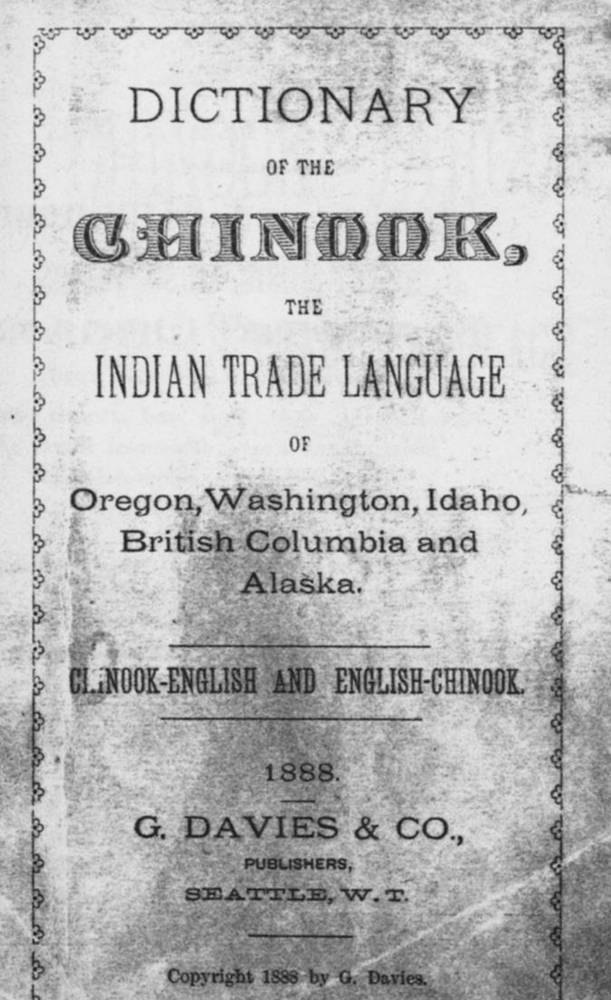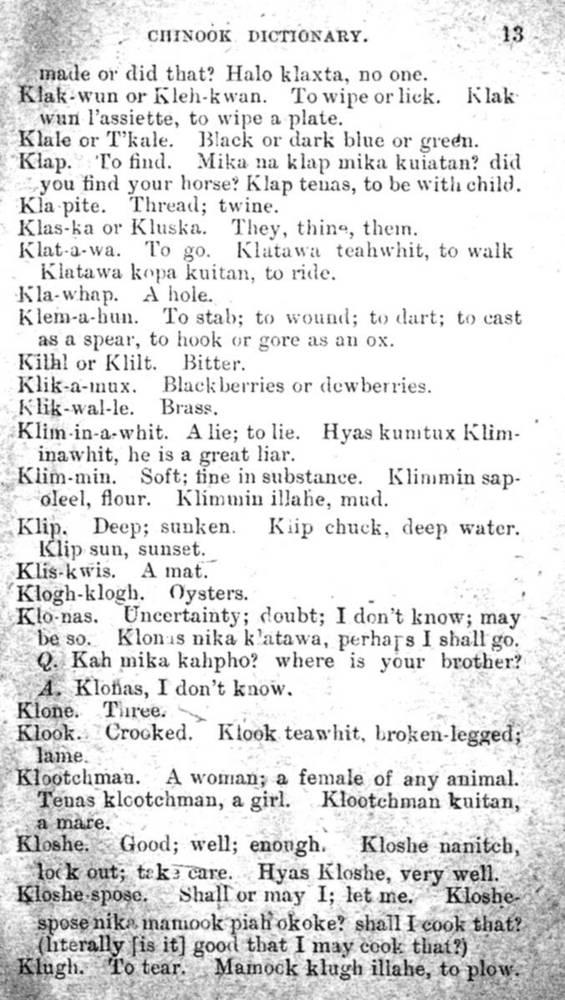Melville Jacobs did more to document the languages, cultures, oral traditions, and music of Oregon's Native peoples than any other scholar. He trained in language structure and phonetics under Franz Boas at Columbia University and quickly developed an excellent ear for the difficult sounds and sound sequences of Northwest Indian languages. In addition to his substantial publications, Jacobs left a trove of meticulously recorded and documented field data for future generations of anthropologists and Native peoples to study and analyze.
Born in New York City in July 3, 1902, Jacobs received his bachelor's degree from the College of the City of New York in 1922, his master's in American history from Columbia University in 1923, and his doctorate in anthropology from Columbia in 1931. He taught at the University of Washington from 1928 to 1971. With funds from Boas, Jacobs was able to pursue fieldwork for six months each year from 1928 to 1936. His field research, which ended in 1939, focused on documenting the languages, cultures, music, and oral traditions of Oregon’s Native peoples.
Jacobs worked with tradition-bearers of the Clackamas Chinook, Tillamook Salish, Alsea, Hanis and Miluk Coos, Upper Umpqua and Galice Creek Athabaskan, Sahaptin, Molale, and Kalapuya (Tualatin, Santiam, and Yonkalla) peoples, and he studied Chinook Jargon (Chinuk Wawa). He recorded words, grammatical paradigms, and traditional stories and made audio recordings, especially of music, at first using wax cylinders and, later, acetate records and a specially built portable phonograph recorder. He often worked with the last speakers who could recall traditions in their Indigenous languages. He was nicknamed “Desperate Haste Mel” for his dedication to preserving all that he could.
Much of Jacobs's research time after his years of fieldwork was spent publishing his phonetically transcribed texts and translations: three volumes of Sahaptin narratives (1929, 1934, 1937), one volume of Chinook Jargon (1936), two volumes of Coos texts (1939, 1940), one volume of Kalapuya texts (1945), and two volumes of Clackamas Chinook texts (1958, 1959). He also published two volumes of the psycho-social interpretation of the Clackamas texts (1959, 1960). The Content and Style of an Oral Literature (1959) and The People Are Coming Soon (1960) were the first and remain the most comprehensive interpretation of the oral traditions of Oregon Native peoples.
Jacobs was keenly interested in science, and he read widely in the biological, physical, and social sciences. He shared this knowledge in weekly local "Science Headlines" radio broadcasts from 1934 to 1951. From the middle 1930s to about 1948, he—and other anthropologists in the Anthropology Department at the University of Washington—traveled throughout the Pacific Northwest giving public lectures on such topics as race and racism. His fight against racial prejudice, an early example of public anthropology, was duly noted in his F.B.I. files. Jacobs's membership in the Communist Party (1935-1945) almost cost him his position at the University of Washington and slowed his advancement to full professor.
Melville and Elizabeth Derr Langdon were married on January 3, 1931. Jacobs trained Elizabeth in the field of anthropology, and she joined her husband's research trips from 1933 to 1935, recording a considerable body of linguistic, folkloristic, and ethnographic material. Melville edited her Nehalem Tillamook Tales (1959). They had planned to spend their retirement years readying their remainiing fieldnotes for publication, but Melville Jacobs's death on July 31, 1971, one year short of retirement, precluded that collaboration.
The Melville Jacobs Collection is archived in the University of Washington Libraries. His collection of Indian baskets, dolls, and other material objects is archived in the Whatcom Museum of History and Art, Bellingham, Washington. The Jacobs Research Fund, Whatcom Museum Foundation, supporting research on contemporary Indian languages and cultures, was begun and initially funded by Elizabeth Jacobs (1903-1983) and her estate.
-
![]()
Melville Jacobs recording the voice of Annie Miner Peterson from the Coos Tribe, 1934.
Courtesy University of Washington Libraries, Special Collections, Melville Jacobs Collection, 1693-71-13, Box 131 -
![]()
Chinook Jargon dictionary, 1888, title page.
University of Washington Special Collections
-
![]()
Chinook Jargon dictionary, 1888.
University of Washington Special Collections
Related Entries
-
![Chinook Jargon (Chinuk Wawa)]()
Chinook Jargon (Chinuk Wawa)
According to our best information, the name "Chinook" (pronounced with …
-
![Elizabeth Jacobs (1903-1983)]()
Elizabeth Jacobs (1903-1983)
Elizabeth D. Jacobs’s fieldwork with the Nehalem Tillamook and southwes…
-
![Hanis Coos (Kowes)]()
Hanis Coos (Kowes)
The Hanis (hanıs) people lived in villages along Coos Bay, Coos River, …
-
![Kalapuyan peoples]()
Kalapuyan peoples
The name Kalapuya (kǎlə poo´ yu), also appearing in the modern geograph…
-
![Miluk]()
Miluk
Miluk was one of two related languages spoken by people known collectiv…
-
![Victoria (Wishikin) Wacheno Howard (c. 1865-1930)]()
Victoria (Wishikin) Wacheno Howard (c. 1865-1930)
Victoria (Wishikin) Wacheno Howard was the teller of Clackamas Chinook …
Map This on the Oregon History WayFinder
The Oregon History Wayfinder is an interactive map that identifies significant places, people, and events in Oregon history.
Further Reading
Chinuk Wawa Dictionary Committee. Chinuk Wawa as Our Elders Teach Us to Speak It. Grand Ronde, Oregon: Confederated Tribes of Grand Ronde. Distributed by University of Washington Press, Seattle, 2012.
Jacobs, Melville. The Content and Style of an Oral Literature: Clackamas Chinook Myths and Tales. Chicago: University of Chicago Press, 1959.
Jacobs, Melville. The People Are Coming Soon: Analyses of Clackamas Chinook Myths and Tales. Seattle: University of Washington Press, 1960.
Pearson, Clara (Melville Jacobs and Elizabeth Derr Jacobs, eds.; introduction by Jarold Ramsey). Nehalem Tillamook Tales. Corvallis: Oregon State University Press, 1990.
Seaburg, William R., and Pamela T. Amoss, eds. Badger and Coyote Were Neighbors: Melville Jacobs on Northwest Indian Myths and Tales. Corvallis: Oregon State University Press, 2000.








